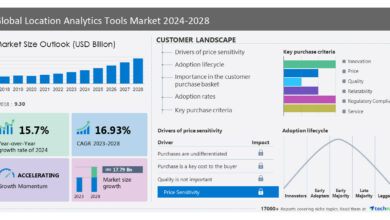Data on the offensive

This article was originally published in Insurance Day, April 2024.
Data tools and analytics are no longer just the remit of software developers.
Many law firms are working to furnish data-hungry clients, such as insurance companies and brokers, with management information to help their actuaries and data scientists assess risk and reward.
More than that, traditional software such as the humble Microsoft Excel, statistical analyses and even simple scatterplots are becoming tactical weapons in litigation. This is exemplified by the following recent court decisions where data analysis has had an impact on legal arguments and outcomes:
- Contractual breach: in Energy Works (Hull) v MW High Tech Projects UK and others (2022), which concerned a complex breach of contract dispute, Justice Pepperall relied on scatterplots relating to materials delivered over time to assess the question of breach.
- Counterfactual scenarios: in Energy Works, when considering the financial viability of a hypothetical project, the judge was guided by one expert who “graphically demonstrates in his report how the debt will spiral out of control over its 25-year term”. Likewise, in Rolls-Royce Holdings Plc v Goodrich Corp (2023), a counterfactual scenario about customer numbers was rejected by the High Court because they: “had to be abandoned in closing [submissions] in the face of the data”.
- Product liability: in Hastings v Finsbury Orthopaedics and Stryker (UK) (2022), the UK Supreme Court, in addition to other findings, ruled the applicant could not establish on a statistical basis that a prosthetic hip replacement was defective within the meaning of the Consumer Protection Act 1987.
- Fraud: in Mercy Global Consult (in liquidation) v Adegbuyi-Jackson (2023), as part of a tracing exercise linked to fraud, the judge was aided by a lay witness’ flow charts, which showed the movement of funds connected to property purchases, and accepted forensic analysis from another non-expert’s evidence because it was “factual”.
- Defamation: in Chris Packham CBE v Dominic Wightman and others (2023), the claimant produced an analysis of X (formerly Twitter) data to calculate the “potential reach” of publications, which the court accepted as “quasi-expert evidence”. The data was unchallenged by the defendants and the judgment suggests it informed the damages award.
- Admissibility of evidence: in Sintra Global Inc and Parul Malde v The Commissioners for HMRC (2022), an appeal of a multimillion-pound tax assessment, the court declined to exclude a third party’s data analysis as “hearsay” and “artificial”. HMRC relied on schedules of data from Sage, an accountancy platform, held on a wine seller’s computer, which had been generated by police in a fraud investigation.
These decisions demonstrate clear and robust data analysis, even by non-experts, can have a significant bearing on case outcomes. In particular, the court is likely to find it helpful when a party is able to offer a clear analysis of data, an explanatory chart or a model.
Similarly, strong data analysis can have a dramatic effect on pre-action or as part of alternative dispute resolution. For example, at a recent mediation in which Kennedys represented the defendant insurer and insured, the mediator strongly encouraged the claimant to consider its position from the outset, because a financial diagram produced by the defendant clearly showed a significant shortcoming in the claimant’s case.
In another matter, an analysis of investment data identified the claimant’s case had key evidential deficiencies (which were not initially recognised by his own solicitors). These data analyses helped win commercially favourable resolutions for insurers.
Insurers and reinsurers have a proud tradition of harnessing a broad spectrum of data, from the use of actuaries to assessments of management information. For technical and complex claims with more litigation and costs risk, early consideration should be given as to what kinds of data might be collected or analysed which might help or even create defence arguments later down the line. In a similar vein, analysis of an opposing party’s litigation history can assist insurers and their instructed counsel with litigation strategy.
From an everyday perspective, simple analytical tools like PivotTables can save on lawyer time and expert fees. For example, a forensic accountant’s fee estimate obtained by Kennedys for a defendant insurer and its insured was reduced by four figures because we had already quickly cross-referenced an 8,000-line data set using Excel formulae. These types of tools and strategies are becoming increasingly useful in minimising costs for insurers and their corporate insureds.



